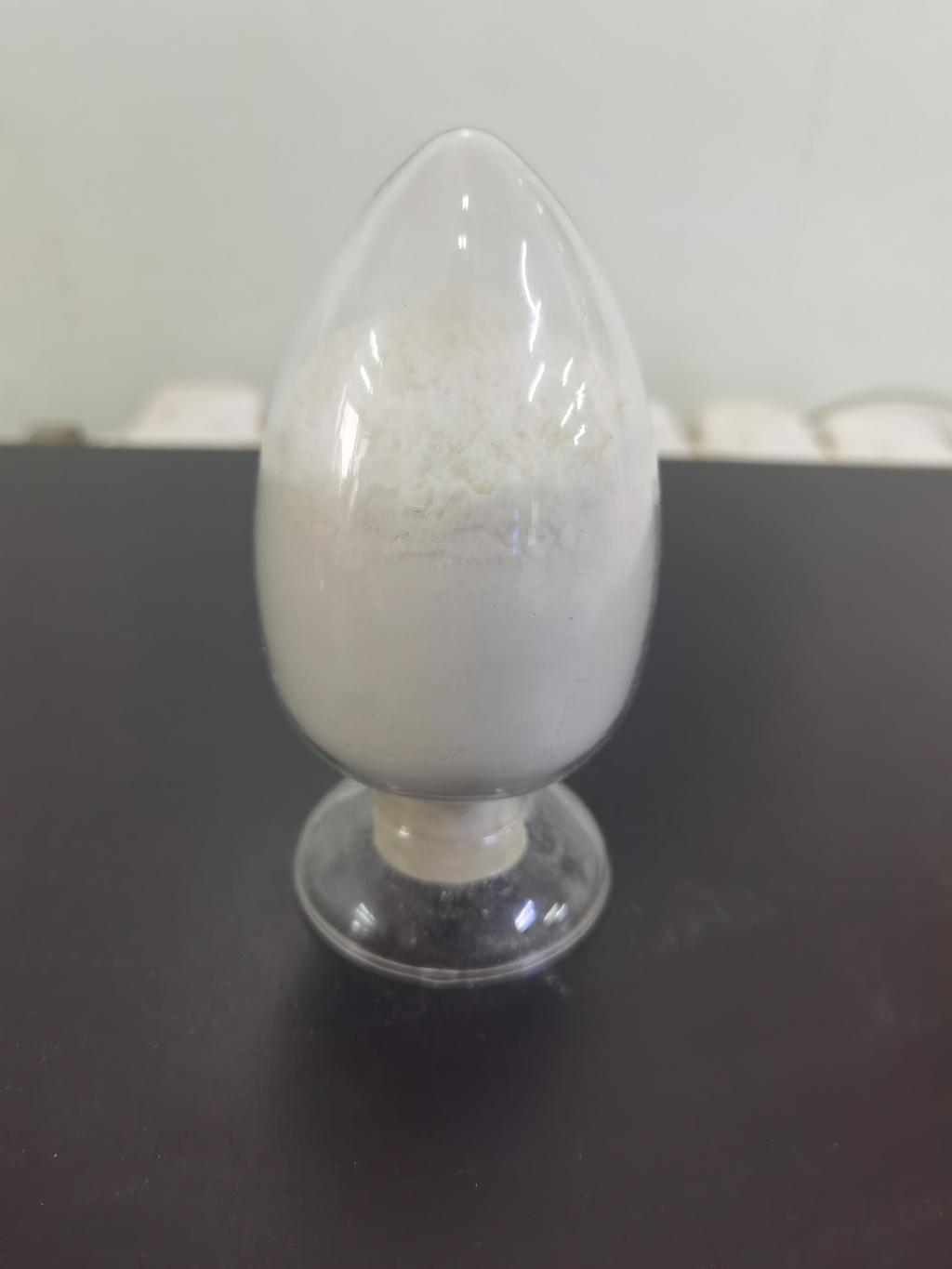Tel:0086 18231198596

News
Current Position:
Home >
News
>Exploring ε-Polylysine Hydrochloride as a Natural Antioxidant in Food Preservation
Exploring ε-Polylysine Hydrochloride as a Natural Antioxidant in Food Preservation
TIME:2024-02-19
I. Antioxidants in Food Preservation:
Antioxidants play a crucial role in food preservation by inhibiting the oxidative processes that lead to deterioration of flavor, color, and nutritional value. Traditionally, synthetic antioxidants have been used for this purpose, but the increasing demand for natural and clean label ingredients has sparked interest in exploring alternative solutions. ε-Polylysine hydrochloride, with its unique properties, offers a natural and effective option for enhancing the oxidative stability of food products.
II. Structure and Source of ε-Polylysine Hydrochloride:
Derived from the fermentation of Streptomyces albulus, ε-polylysine hydrochloride is a cationic polypeptide composed of multiple lysine units linked by peptide bonds. Its unique structure imparts both antimicrobial and antioxidant properties, making it a versatile compound for food preservation. Being naturally occurring, ε-polylysine hydrochloride aligns with the growing consumer preference for clean label and natural ingredients.
III. Mechanisms of Antioxidant Action:
A. Free Radical Scavenging:
The primary mechanism by which ε-polylysine hydrochloride exerts its antioxidant action is through the scavenging of free radicals. Free radicals, generated during oxidative processes, contribute to the degradation of lipids, proteins, and other cellular components in food. ε-Polylysine hydrochloride's ability to neutralize these free radicals helps prevent oxidative damage, maintaining the quality and stability of food products.
B. Metal Chelation:
Metal ions, such as iron and copper, can catalyze oxidative reactions in foods. ε-Polylysine hydrochloride has demonstrated metal-chelating properties, inhibiting the activity of these catalytic metals and reducing their contribution to oxidative deterioration. This dual function – free radical scavenging and metal chelation – enhances its effectiveness as a natural antioxidant.
IV. Applications in Food Preservation:
A. Edible Coatings:
One of the innovative applications of ε-polylysine hydrochloride is in the development of edible coatings for fruits and vegetables. These coatings, when applied to the surface of produce, form a protective layer that reduces water loss and inhibits microbial growth. The inclusion of ε-polylysine hydrochloride enhances the antioxidant capacity of these coatings, contributing to the preservation of the freshness and quality of fruits and vegetables.
B. Antimicrobial and Antioxidant Packaging:
Integrating ε-polylysine hydrochloride into packaging materials offers a dual-function solution – antimicrobial and antioxidant protection. The controlled release of ε-polylysine hydrochloride from packaging films helps extend the shelf life of packaged products by inhibiting microbial growth and oxidative reactions. This application aligns with the increasing demand for active and intelligent packaging solutions in the food industry.
C. Meat and Poultry Preservation:
In the meat and poultry industry, oxidative reactions contribute to the development of off-flavors and rancidity, leading to reduced product quality. ε-Polylysine hydrochloride, with its antioxidant properties, can be incorporated into marinades, coatings, or packaging materials to mitigate oxidative deterioration, ensuring the sensory and nutritional quality of meat and poultry products.
V. Health and Nutritional Considerations:
A. Reduction of Synthetic Additives:
The incorporation of ε-polylysine hydrochloride as a natural antioxidant in food preservation allows for the reduction or elimination of synthetic antioxidants. This aligns with the growing consumer preference for clean label products and addresses concerns related to the potential health impacts of synthetic additives.
B. Preservation of Nutrient Content:
Oxidative reactions in food not only affect flavor and color but also contribute to the degradation of essential nutrients. By preventing oxidative deterioration, ε-polylysine hydrochloride helps preserve the nutritional content of foods, contributing to the development of healthier and more nutrient-dense products.
VI. Challenges and Future Directions:
While ε-polylysine hydrochloride holds promise as a natural antioxidant in food preservation, challenges such as optimizing formulations, ensuring regulatory compliance, and addressing potential interactions with other ingredients must be considered. Future research should focus on expanding its applications, exploring synergies with other natural antioxidants, and conducting comprehensive studies on the long-term effects of ε-polylysine hydrochloride in various food matrices.
VII. Conclusion:
The exploration of ε-polylysine hydrochloride as a natural antioxidant in food preservation represents a significant step towards meeting the demands of a changing food industry. Its dual functionality as an antimicrobial and antioxidant compound positions it as a versatile and sustainable solution for enhancing the quality and shelf life of a wide range of food products. As consumer preferences continue to evolve towards cleaner and more natural labels, ε-polylysine hydrochloride offers a promising pathway for the development of healthier, safer, and more sustainable food options.

 CONTACT
CONTACT




